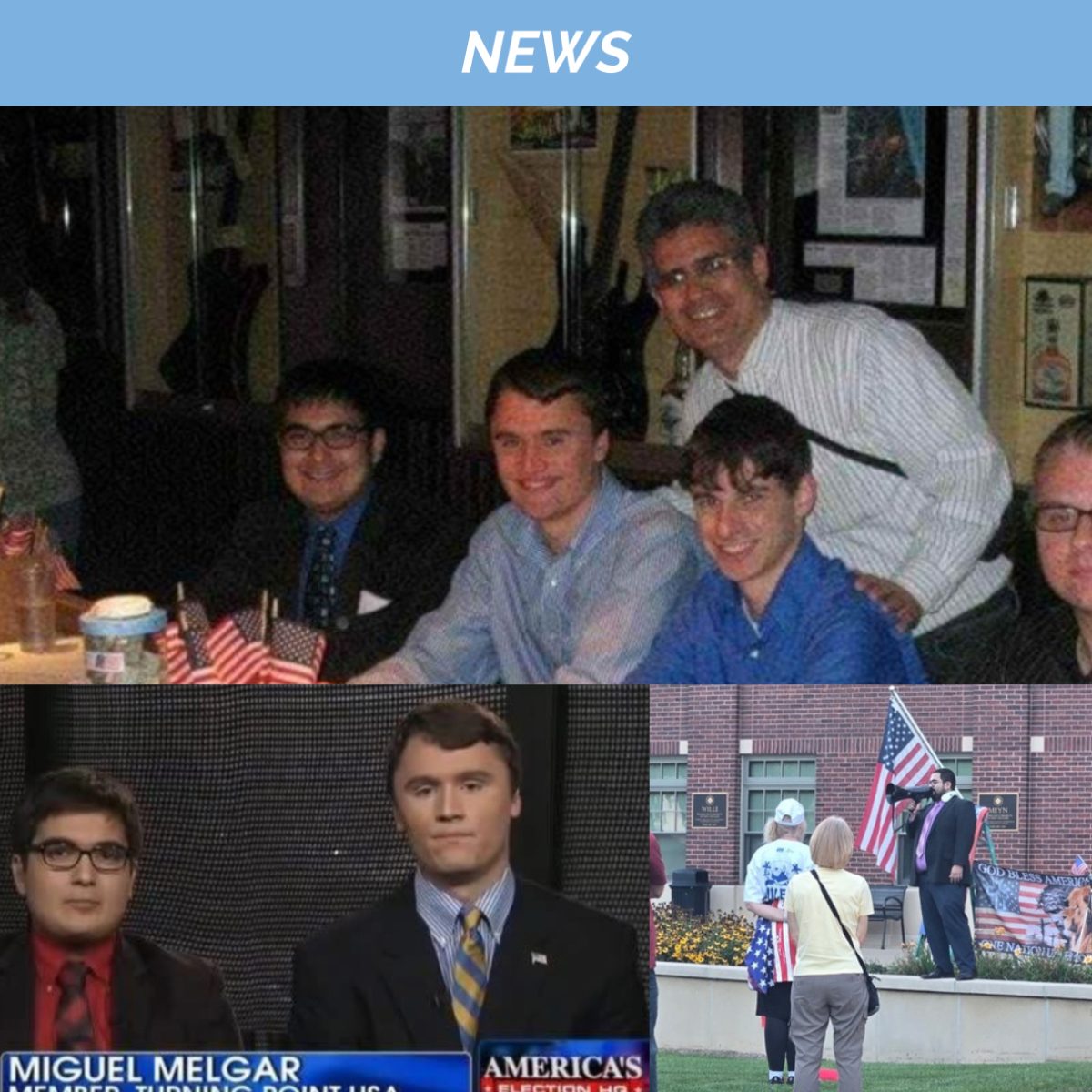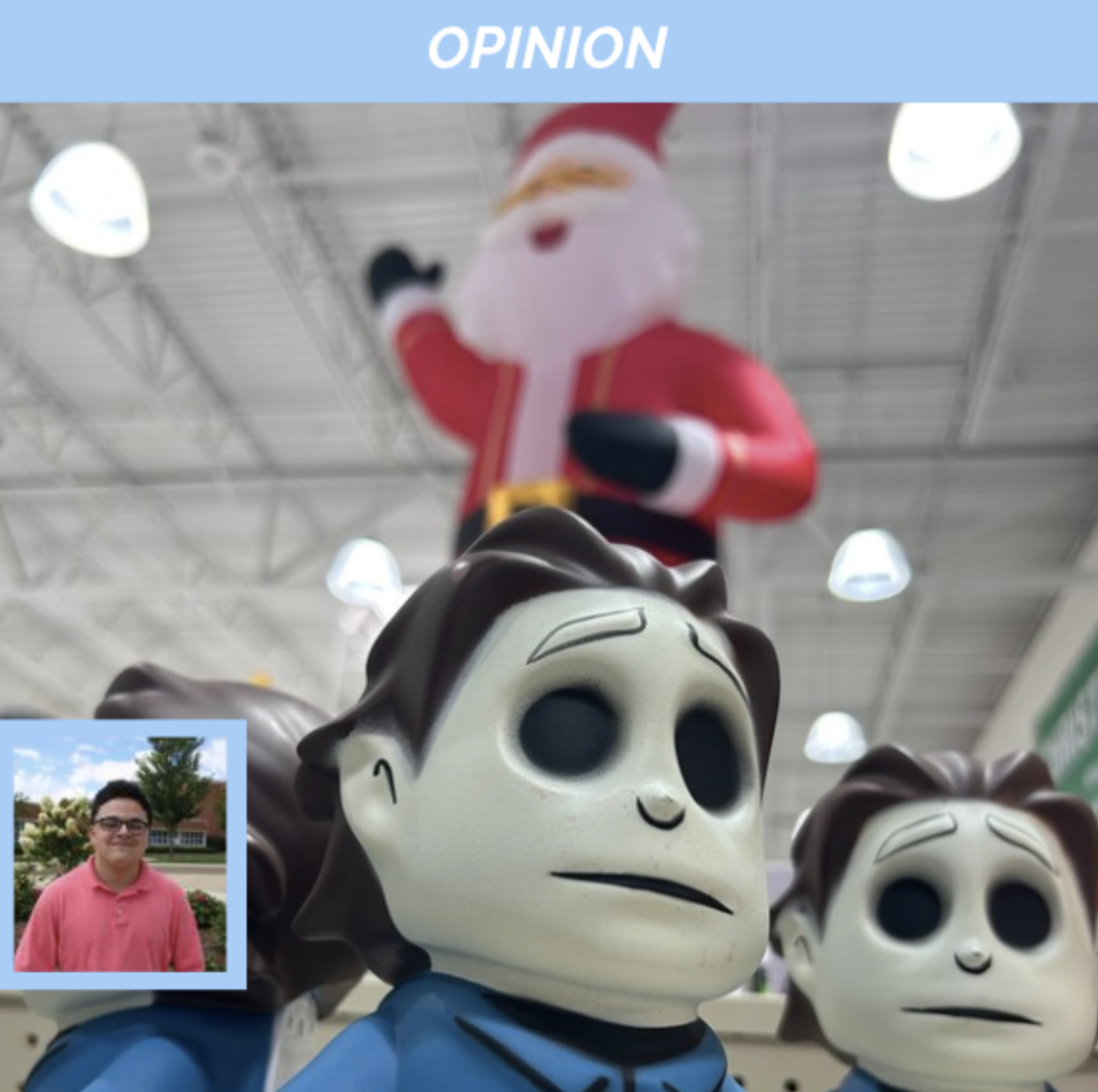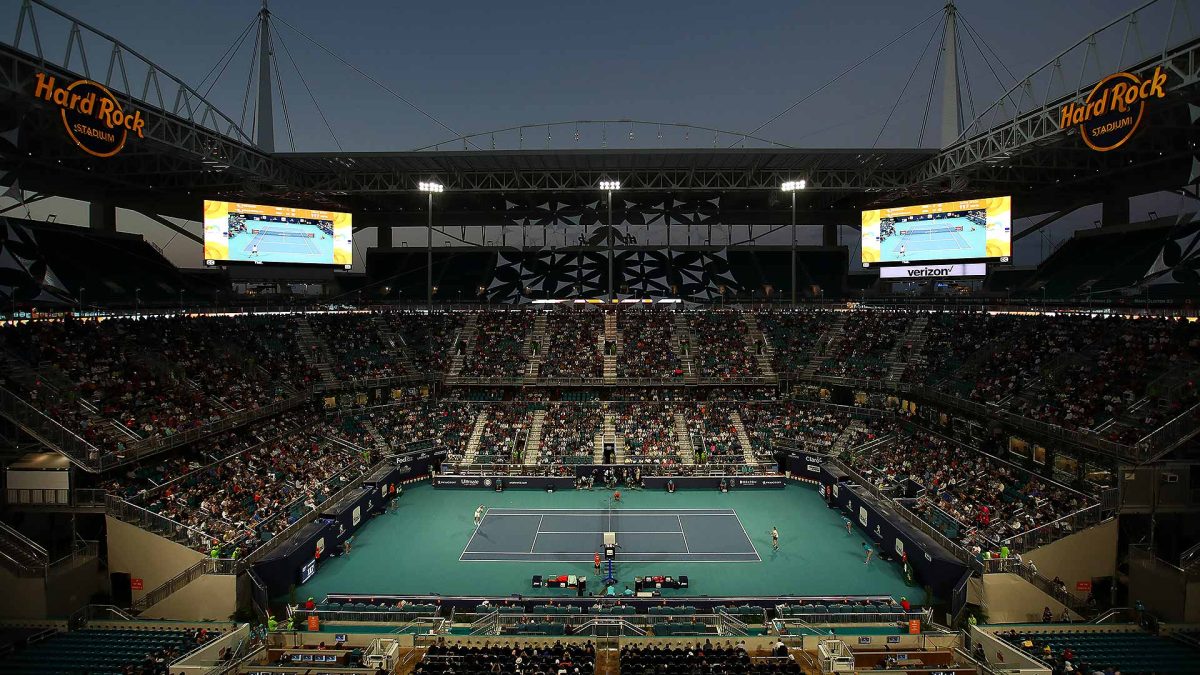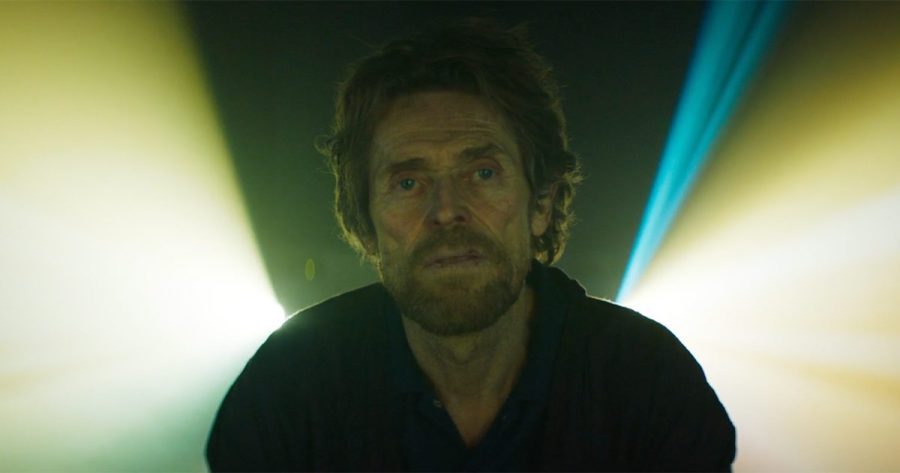‘Inside’ puts tense twist on escape rooms
Well, well, look who’s inside again
March 23, 2023
The choice of “A solitary exhibition” as the tagline for the 2023 film “Inside” is an apt one: one could hardly ask for a better showcase of director Vasilis Katsoupis’ or actor Willem Dafoe’s talents than a sharp, tightly-enclosed film such as this, even if it comes up lacking in thematic substance to support it.
The entirety of the film is enclosed inside a luxury apartment that becomes the unwilling home of Dafoe’s jaded art thief after a heist-gone-wrong, with the detail-packed set serving as a compelling — if somewhat confusingly laid-out — host for the story.
The ornate apartment is a veritable playground for Katsoupis to flex his simple-yet-intense directorial style to create moments of horror and levity alike. Indeed, the eerie silence accompanying Dafoe is a potent tool in the film’s hands, and the instances in which natural sounds from Dafoe’s desperate attempts to escape — such as sawing, pounding and, of course, screams of agony — are broken by a few poignant piano notes are just as heart-stopping as intended; the film’s greatest strength is most certainly its power to keep the viewer on edge despite its relatively uneventful plot.
The film’s restrained pacing also successfully evokes dread as the pristine, modern apartment soon devolves into the alien home of a madman — an end result that is as mystifying as it is captivating — with Dafoe’s authentic performance grounding the heightened and thematically-packed story.
While the film does its darndest to give the impression that more is at play than meets the eye, the overall package — notably the abrupt and unsatisfying ending — is undoubtedly lacking in much of the thematic substance that its stylistic exterior tries to convey. The messages about the nature of art vs. true humanity feel particularly unfinished and poorly-conceived, especially in light of the surprisingly simple way that the film chooses to end its story.
It’s difficult to complain when the film is executed masterfully for the majority of its runtime, but its interesting buildup becomes retroactively less satisfying once it is revealed how little it amounts to, greatly dampening the overall experience. In spite of its in-the-moment strengths, “Inside’s” unfulfilled potential leaves it feeling much like the high-brow art it’s critiquing: hollow.


















































































